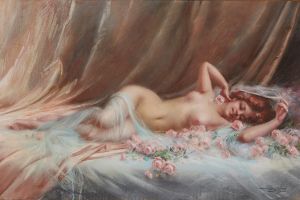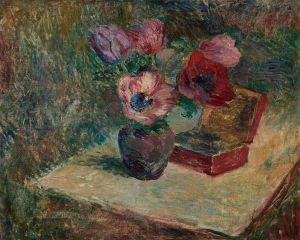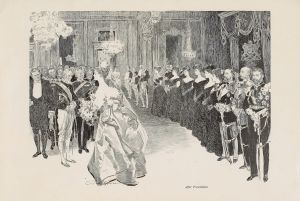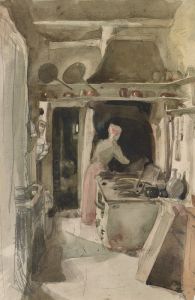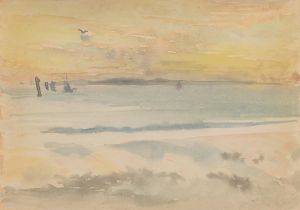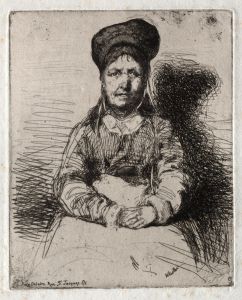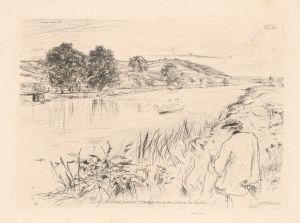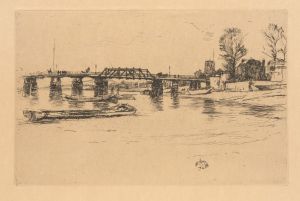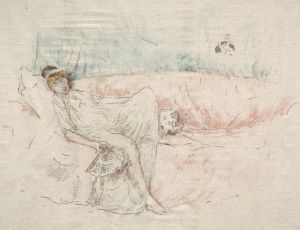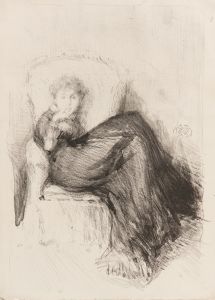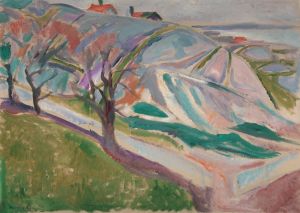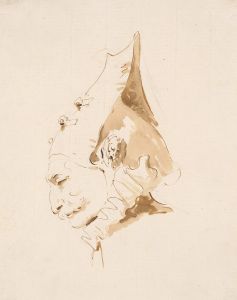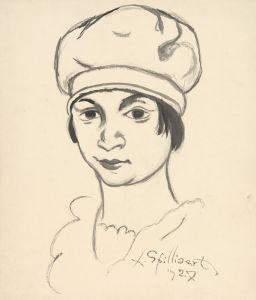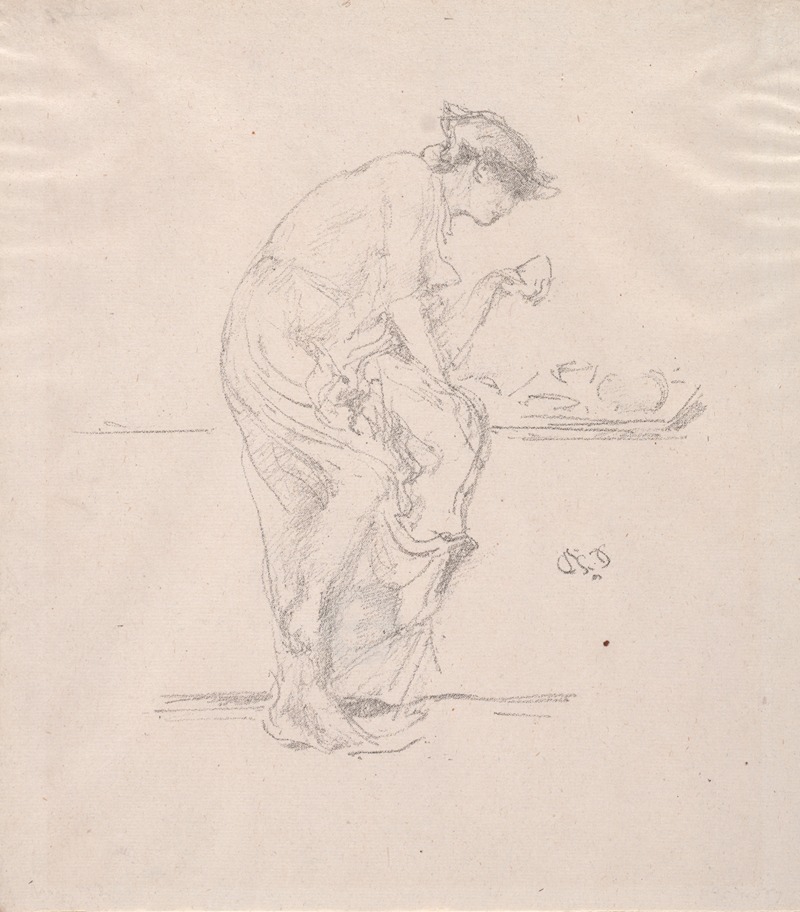
The Horoscope
A hand-painted replica of James Abbott McNeill Whistler’s masterpiece The Horoscope, meticulously crafted by professional artists to capture the true essence of the original. Each piece is created with museum-quality canvas and rare mineral pigments, carefully painted by experienced artists with delicate brushstrokes and rich, layered colors to perfectly recreate the texture of the original artwork. Unlike machine-printed reproductions, this hand-painted version brings the painting to life, infused with the artist’s emotions and skill in every stroke. Whether for personal collection or home decoration, it instantly elevates the artistic atmosphere of any space.
James Abbott McNeill Whistler was an American artist known for his significant contributions to the art world during the late 19th century. He was a proponent of the Aesthetic Movement, which emphasized the visual and sensual qualities of art and design over practical, moral, or narrative considerations. Whistler's work is characterized by its subtle tonal variations and innovative compositions.
"The Horoscope" is one of Whistler's lesser-known works, and unfortunately, there is limited information available about this specific painting. Whistler's oeuvre includes a wide range of portraits, landscapes, and etchings, but "The Horoscope" does not appear to be one of his most documented or studied pieces. As such, detailed historical facts, provenance, and critical reception specific to this painting are not readily available in existing literature or archives.
Whistler's artistic style often involved a harmonious arrangement of color and form, which he referred to as "symphonies," "arrangements," or "nocturnes," indicating his belief in the musicality of art. His most famous work, "Arrangement in Grey and Black No. 1," commonly known as "Whistler's Mother," exemplifies his approach to composition and tonal harmony. While "The Horoscope" does not have the same level of recognition, it can be assumed that it might share some stylistic elements typical of Whistler's broader body of work.
Whistler was known for his innovative use of color and his ability to capture mood and atmosphere with minimalistic yet expressive techniques. His work often drew inspiration from Japanese art, which was gaining popularity in Europe during his time. This influence is evident in his use of space, composition, and the incorporation of decorative elements.
Throughout his career, Whistler was a controversial figure, known for his sharp wit and public feuds with art critics and other artists. His famous libel suit against the critic John Ruskin, who accused Whistler of "flinging a pot of paint in the public's face," is a notable episode in art history, highlighting the tensions between traditional and modernist approaches to art during the period.
Despite the lack of specific information about "The Horoscope," Whistler's legacy as a pioneering artist of the Aesthetic Movement remains significant. His work continues to be studied and celebrated for its contribution to the development of modern art, particularly in its emphasis on beauty and form over narrative content.
In summary, while detailed information about "The Horoscope" by James Abbott McNeill Whistler is scarce, his overall impact on the art world is well-documented. His innovative approach to composition, color, and form has left a lasting impression on the trajectory of modern art, and his works continue to be appreciated for their aesthetic qualities and artistic significance.





